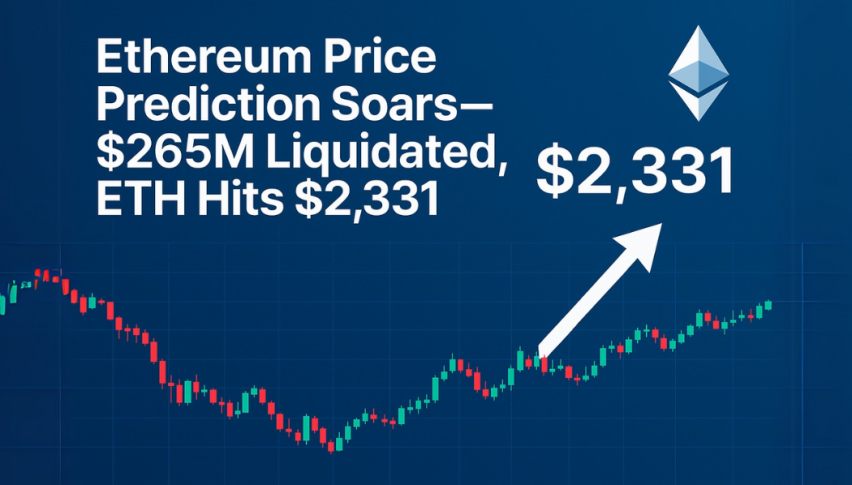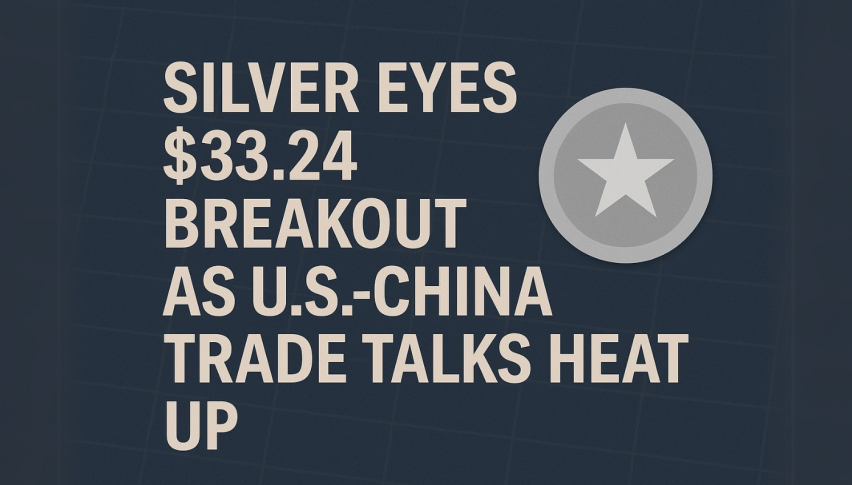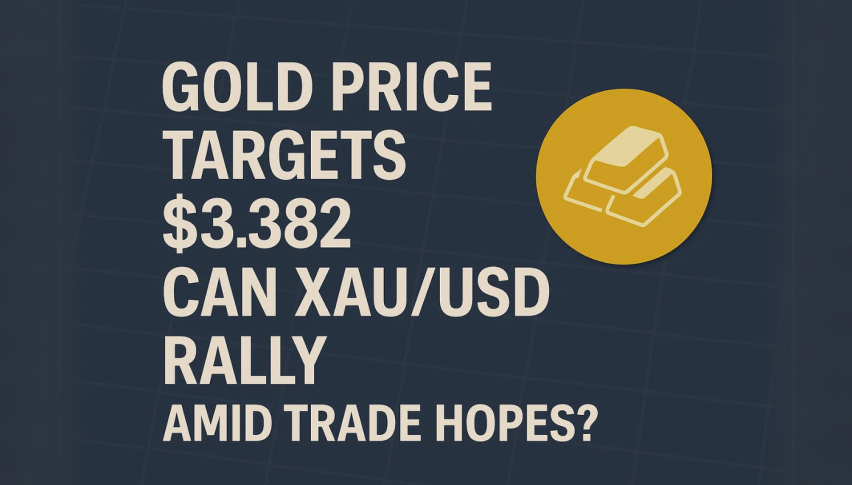Mexico remains the financial star of Latin America
Mexico's growth shines in Latin America. With over 175% growth post-COVID, investments soar. Nearshoring is key.
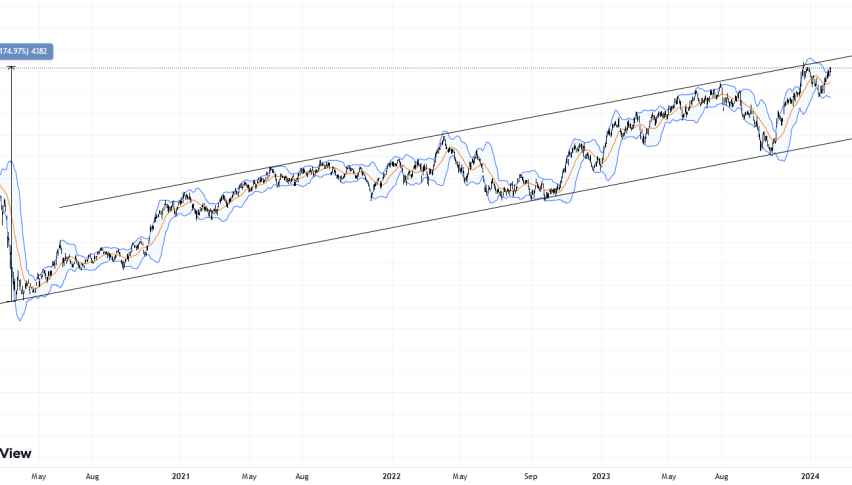
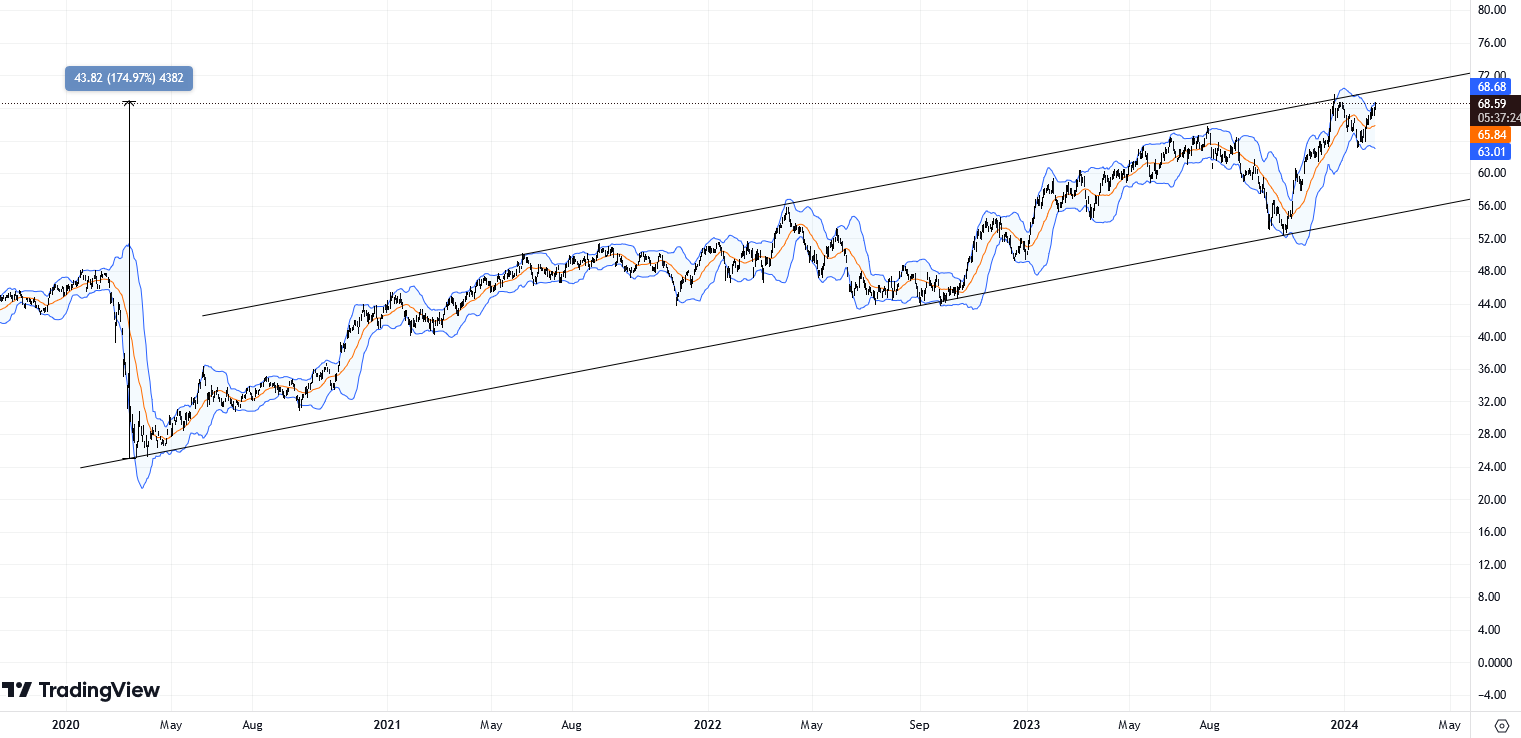
Mexico continues to demonstrate why it has been the fastest-growing economy in Latin America in recent years. Today’s increase of more than 1.5% in the most representative ETF of its economy, iShares MSCI Mexico (EWW), places the country among the most bullish markets in the world.
Among Latin American countries, it has by far delivered the best returns. The cumulative increase of more than 175% since the lows observed during the COVID-19 pandemic is explained by a notable increase in investments in the country.
The so-called “nearshoring” of a significant portion of the American and Canadian industries explains this phenomenon of high demand for Mexican industry, employment, and services.
Nearshoring refers to the practice of transferring business operations, such as manufacturing or service centers, to a nearby country rather than a distant one.
It is often done to take advantage of lower costs, reduce logistical dependence, and avoid the dependency of countries with different values.
The United States’ objective is to reduce dependence on China, in what is called the “decoupling” of its economy. The increasing tensions surrounding Taiwan, trade barriers, and China’s growing influence in the world have given the United States enough reasons to rethink how its economy distributes its supply chains.
Nearshoring for the USA involves the relocation operations to Mexico or other countries in Central or South America. This trend is also expected to reach countries like Argentina, Brazil, and Colombia.
Mexico is undoubtedly the most benefited country. The demand for its industry in health, auto parts, and other critical supplies is leading to significant economic growth. Mexico has experienced a growth of 3.2% during 2023, and a similar figure is expected in 2024.
Technical Point of View
From a technical perspective, EWW is approaching the upper limit of the channel where it has been trading in for the past few years.
If it manages to break above this channel, we could be facing the possibility of testing the highs reached in this ETF in 2013, when it reached $75.
The Bollinger Bands are widening, indicating that volatility is increasing significantly. In other words, the two standard deviations of the current volatility are becoming more pronounced, which also leads to more violent movements as the market seeks a “fair value” for EWW.
With a high probability of occurrence, this ETF will retest the upper limit. If it fails again, we should be attentive, but without desperation, as the fundamentals considerably support this asset.
- Check out our free forex signals
- Follow the top economic events on FX Leaders economic calendar
- Trade better, discover more Forex Trading Strategies
- Open a FREE Trading Account
